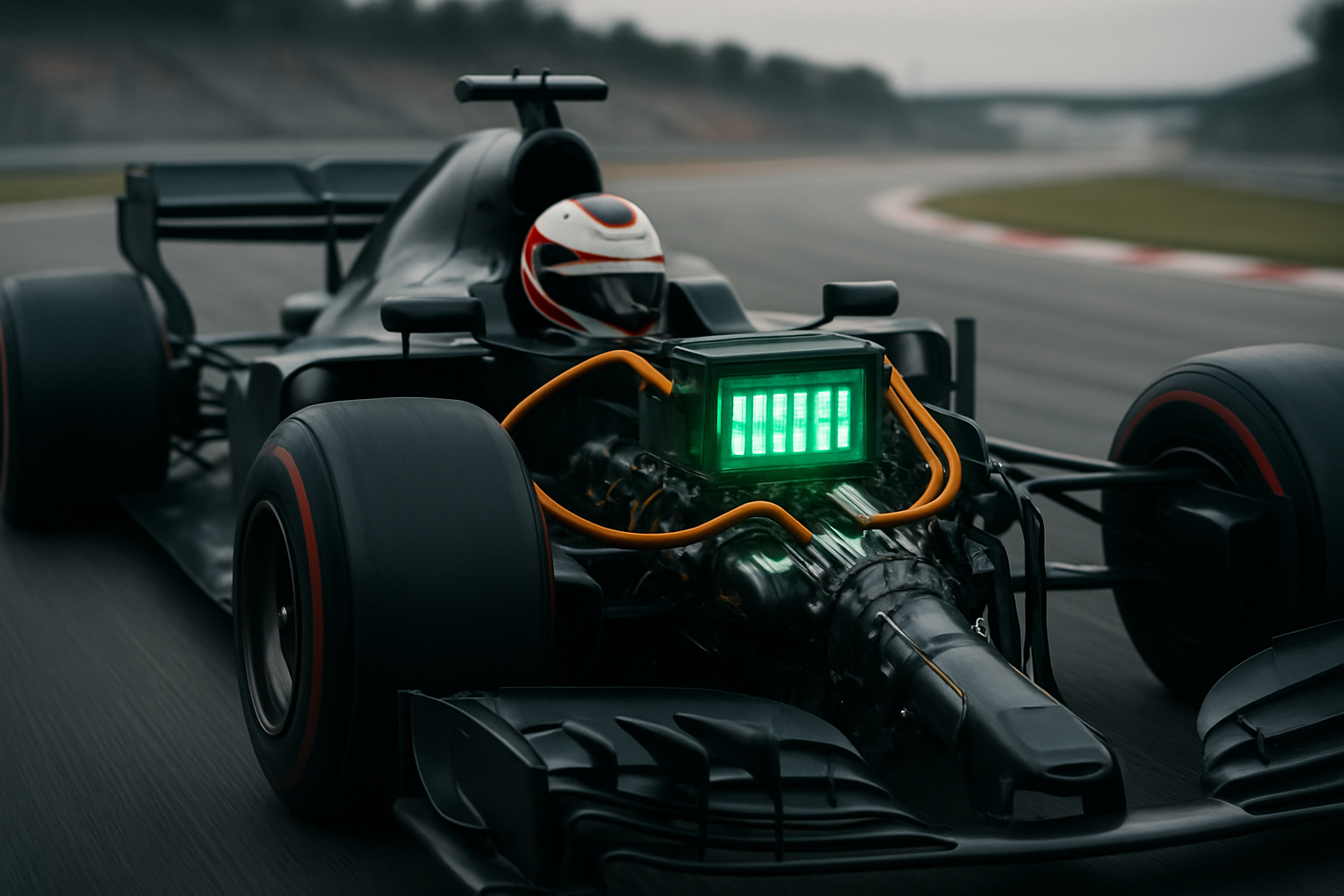Traction Control Evolution: From Mechanical to AI-Driven Systems
In the world of automotive engineering, few technologies have evolved as rapidly and profoundly as traction control. This critical safety feature, once a rudimentary mechanical system, has transformed into a sophisticated, AI-driven powerhouse that's reshaping how we drive and interact with our vehicles.

The Birth of Traction Control
Traction control’s origins can be traced back to the 1930s when Ferdinand Porsche experimented with limited-slip differentials. These early mechanical systems aimed to prevent wheel spin by distributing power between the driven wheels. However, it wasn’t until the 1970s that electronic traction control systems began to emerge.
The first electronic traction control system was introduced by Buick in 1971, known as MaxTrac. This system used an early computer to detect wheel spin and modulate engine power accordingly. While primitive by today’s standards, MaxTrac laid the groundwork for future innovations in vehicle stability and control.
From Reactive to Predictive: The Digital Revolution
As computing power increased, so did the capabilities of traction control systems. The 1980s and 1990s saw a shift from purely reactive systems to more sophisticated setups that could anticipate and prevent loss of traction. This era marked the integration of traction control with anti-lock braking systems (ABS), creating a more holistic approach to vehicle stability.
These systems relied on an array of sensors monitoring wheel speed, steering angle, and vehicle yaw. By constantly analyzing this data, the traction control unit could intervene before a loss of traction occurred, either by reducing engine power or applying brakes to individual wheels.
The Integration of Vehicle Dynamics Control
The turn of the millennium brought about a new era in traction control with the advent of integrated vehicle dynamics control systems. These systems combined traction control, stability control, and ABS into a single, cohesive unit. By considering multiple factors simultaneously, these integrated systems could provide a more nuanced and effective response to potential loss of traction.
This integration allowed for more sophisticated interventions. For example, if a vehicle began to understeer, the system could apply brakes to the inside rear wheel, helping to rotate the car and maintain the driver’s intended path. This level of control was previously unimaginable and marked a significant leap forward in vehicle safety and performance.
The Rise of Torque Vectoring
As traction control systems became more advanced, engineers began to explore ways to not just prevent wheel spin, but to actively enhance vehicle performance and handling. This led to the development of torque vectoring systems, which can distribute power not just between axles, but between individual wheels.
Torque vectoring allows for incredibly precise control over vehicle dynamics. By sending more power to the outside wheels during cornering, these systems can reduce understeer and improve turn-in response. In performance vehicles, this technology has blurred the line between traction control and performance enhancement.
AI and Machine Learning: The Next Frontier
The latest revolution in traction control comes from the world of artificial intelligence and machine learning. These cutting-edge systems can learn from driver behavior, road conditions, and even weather patterns to provide increasingly sophisticated and personalized traction control.
AI-driven traction control systems can adapt to individual driving styles, anticipate changes in road conditions based on GPS and weather data, and even communicate with other vehicles to share information about road hazards. This level of predictive capability allows for unprecedented levels of safety and performance optimization.
Moreover, these systems are no longer confined to high-end luxury vehicles. As the technology becomes more accessible, we’re seeing AI-enhanced traction control systems in a wider range of vehicles, democratizing advanced safety features.
The Future of Traction Control
As we look to the future, the line between traction control and overall vehicle management is likely to blur even further. With the advent of by-wire systems, where mechanical connections are replaced by electronic ones, traction control will become an even more integral part of the driving experience.
We can anticipate systems that not only react to loss of traction but actively shape the driving experience based on road conditions, driver preferences, and even the vehicle’s understanding of the safest and most efficient way to navigate a given route.
Furthermore, as vehicles become more connected, traction control systems will likely tap into a broader network of data. Imagine a system that can adjust its parameters based on real-time information about road conditions gathered from other vehicles or infrastructure sensors.
The evolution of traction control from a simple mechanical system to an AI-driven, interconnected technology is a testament to the rapid pace of automotive innovation. As these systems continue to develop, they promise to make our roads safer, our vehicles more efficient, and our driving experiences more enjoyable than ever before.





